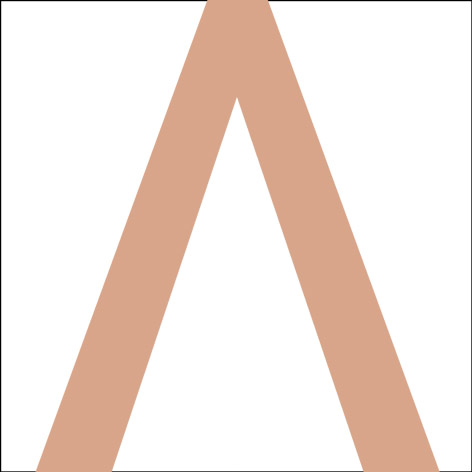Design: Shared territories
Abstract
Fashion and art are two creative fields that often overlap and contaminate each other; a thin line divides the substantial difference in the production process, as art is a unique, original and unrepeatable work and is not subject to specific activities. In contrast, fashion is a product, a wearable art with a solid artistic component to satisfy people's needs. The two sectors share the same magical territory of creativity, where culture merges with aesthetic identity. An identity based on the phenomenology of design practices, society and territorial traditions. This union between art and fashion can be found in the work of Antonio Marras; his clothes are conceived as works of art. For Marras, the two fields have a close dialectical relationship, "They are two realities that move more along convergent rather than parallel paths; they feed off each other, they draw strength from their encounters-clashes on familiar territories, separated by a thin borderline. [...] the clothes become canvases, palettes of colours. Indeed, his is a narrative that stems from detail, from signs and from the grafting of art and fashion design, continuous research into traditions, and a fusion of different and complementary worlds that blend to achieve the work. Fashion and art have the creative act in common in that they think and act in an original way to narrate life and find new solutions that contribute to psycho-physical well-being and lead the user to a feeling of desirability. There is a territory, a neutral line, a line without thickness, permeable, that allows the passage of acquired knowledge. This threshold becomes a field of research where different creative areas meet. A free land that belongs neither to art nor to fashion, it is the place of creation, the space of continuous contamination, the one "harnessed" with the other, a mixture of languages where each artist/fashion designer plays their role by applying their knowledge, their expressive techniques where the time of things is not and does not belong to a system or a precise and well-defined category; the aim is to cross over and let knowledge filter through or borrow it to determine whether a product is a fashion or art. Translated with www.DeepL.com/Translator (free version)
References
- Dorfles G. (1972). Introduzione del disegno industriale. Linguaggio e storia della produ- zione di serie, Einaudi, Torino. - Follesa S. (2013). Design & Identità, FrancoAngeli, Milano.
- Furlanis G. (2018). La didattica del design Italia, Gangemi Editore, Roma.
- Poderni M., Cassese G. (2017). Builders Tomorrow, immaginare il futuro tra design e arte, Gangemi Editore, Roma.
- Lotti G. (2010). Territori e connessioni, Edizione ETS, Pisa.
- Maldonado T. (2001). Disegno Industriale un riesame, Feltrinelli Editore, Milano.
- Manzini E. (1990). Design come arte delle cose amabili, Op.Cit, n 78 maggio 1990.
- Mecacci A. (2012). Estetica e design, Il Mulino, Bologna.
- Nani S. (2019). Bauhaus: le icone del design democratico, Abitare, Milano, 8-03-2019.
- Wahrol A. (1983). La filosofia di Andy Wahrol, edizione Costa&Nola, Genova.
- Wingler H. M. (1987). Il Bauhaus, Feltrinelli Milano.
- Zorloni A. ( 2016). L’economia dell’arte contemporanea, FrancoAngeli, Milano.

Copyright (c) 2022 Author(s)

This work is licensed under a Creative Commons Attribution-NonCommercial-ShareAlike 4.0 International License.


